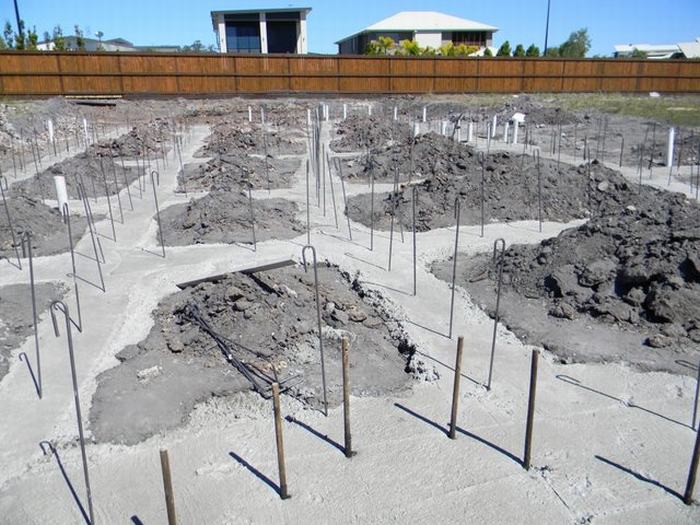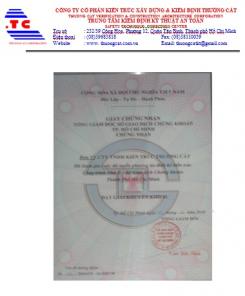Construction concrete is divided into conventional concrete and high strength concrete based on compressive strength. Compressive strength of conventional concrete ranges from 20-40MPa, while high strength concrete is capable of compressing over 40MPa.
Application of high strength concrete.
Over time and changes in history, the determinants of conventional concrete and high strength concrete also change. About 100 years ago, concrete with 28 MPa compression was considered as high strength concrete but today it can be larger than 800MPa.
In terms of application, conventional concrete is the material used more than high strength concrete. The main purpose of using high strength concrete is to reduce weight, drift, permeability problems and improve structural strength.
The common characteristic of these two types of concrete is that the fresh concrete mix must be in the form of plastic or semi-liquid in nature so that it can be molded manually or by any other mechanical means. An essential element is that the concrete mixture is not separated during transport.
Conventional concrete.
Conventional concrete is more feasible in various applications because all concrete components have an accurate ratio, which has an appropriate slope. Meanwhile, high strength concrete is often sticky and difficult to handle. This situation is mainly due to the high content of cement in it.
The deposition of solid particles in cement and the combination of the fresh concrete mixture will create a layer of water on the concrete surface. This amount of water will affect the durability of the concrete. When comparing conventional concrete and high strength concrete, it can be seen that the strength of concrete on the surface is lower in concrete.
The durability, corrosion resistance, waterproofing of concrete depends on the osmotic nature, related to the binder and the concrete aggregate. High strength concrete has a lower permeability value than conventional concrete. Therefore, high strength concrete has higher chlorinated ionic strength, prolonging the concrete structure. This is suitable for the construction of bridges, parking lots and structures exposed to sea water.
Another difference between conventional concrete and high strength concrete is the compressive strength value. In conventional concrete, the compression strength is 40%, it is easy to form small cracks. Cracks on the surface of conventional concrete are very rough while in high-strength concrete the fracture surface is very fine.
News other
.jpg)









